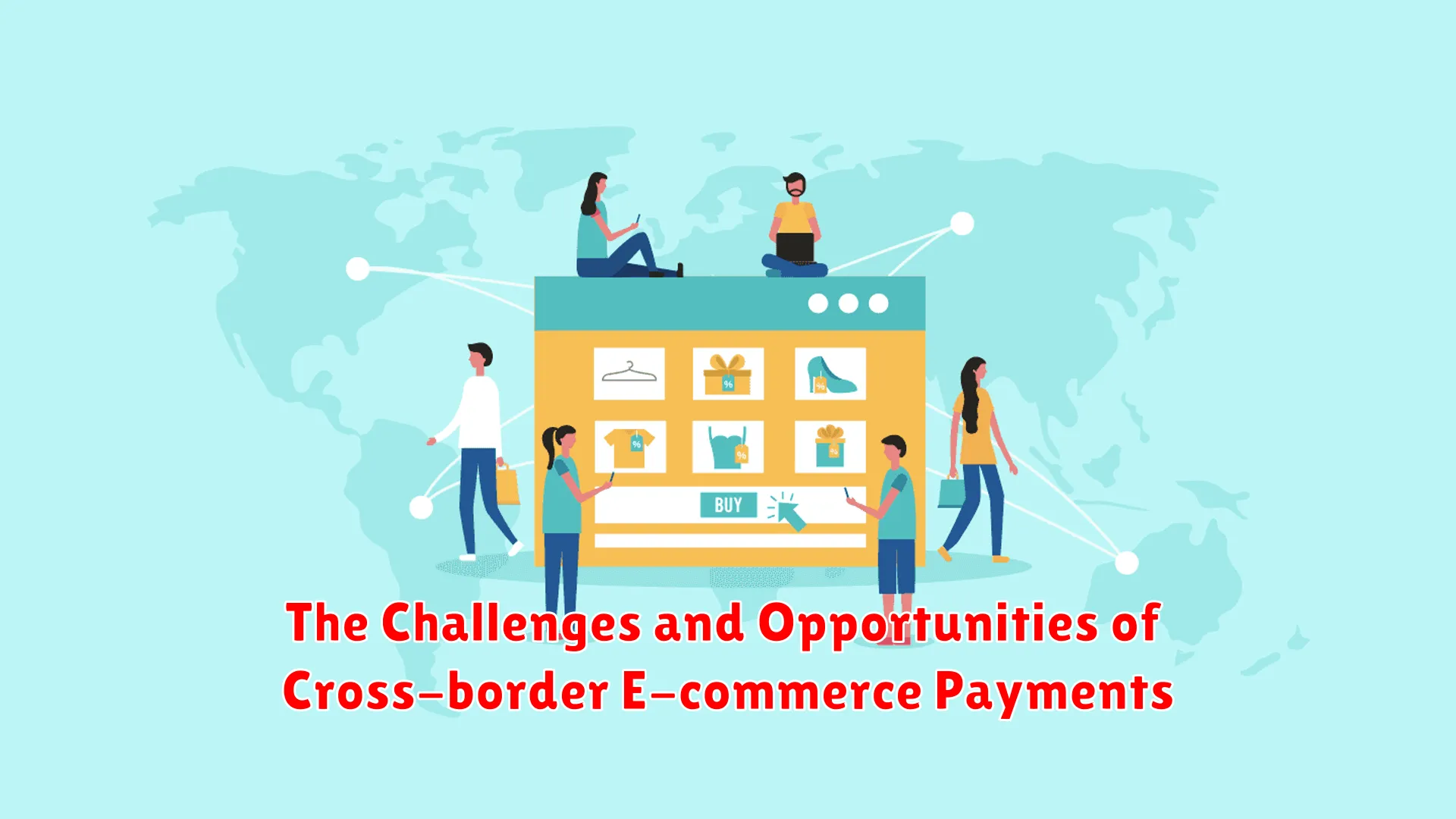In the digital age, the world of cross-border e-commerce payments presents a myriad of challenges and opportunities for businesses. From handling currency conversions to ensuring secure transactions, navigating the complexities of international online transactions requires a strategic approach and innovative solutions.
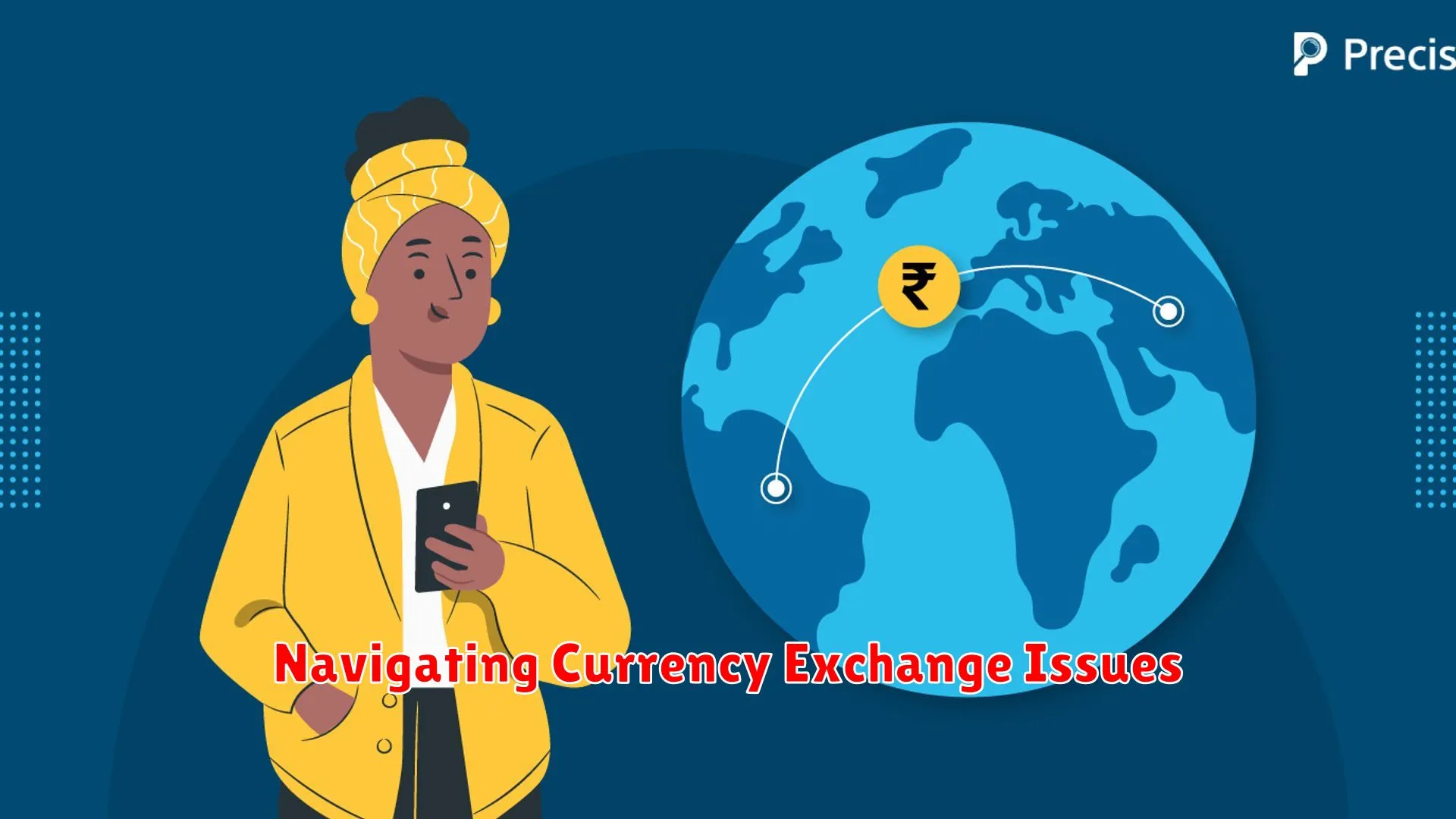
When it comes to cross-border e-commerce payments, one of the key challenges faced by businesses is navigating currency exchange issues. Converting currencies for international transactions can lead to complexities and additional costs that need to be carefully managed.
Volatility: Currency exchange rates are constantly fluctuating, which can impact the final amount received after conversion. This volatility can affect profit margins and pricing strategies for cross-border transactions.
Transaction Fees: In addition to dealing with fluctuating exchange rates, businesses also need to consider transaction fees charged by banks or payment processors for converting currencies. These fees can eat into the overall revenue generated from international sales.
Risk Management: Managing currency exchange issues involves assessing and mitigating risks associated with foreign exchange exposure. Businesses may use hedging strategies or work with financial experts to protect themselves from potential losses due to currency fluctuations.
Opportunities: Despite the challenges, navigating currency exchange issues also presents opportunities for businesses engaged in cross-border e-commerce. By leveraging technology solutions and partnering with trusted payment providers, companies can optimize their currency conversion processes and enhance the overall customer experience.
Understanding International Payment Regulations

When engaging in cross-border e-commerce payments, one of the critical aspects that businesses must navigate is understanding international payment regulations. These regulations are put in place by various governmental bodies to ensure transparency, security, and compliance in cross-border transactions.
International payment regulations may vary from country to country, adding complexity to cross-border transactions. Businesses involved in cross-border e-commerce need to be aware of these regulations to avoid any potential penalties or disruptions in their payment processes.
Factors such as currency conversion, data protection, taxation, and anti-money laundering measures are often key components of international payment regulations that businesses must adhere to. Non-compliance can result in financial losses, legal issues, and damage to a company’s reputation.
Moreover, staying up-to-date with changes in international payment regulations is essential for businesses to adapt and remain competitive in the global e-commerce landscape. Utilizing secure payment gateways and partnering with experienced payment service providers can help businesses navigate these regulatory challenges effectively.
Choosing the Right Payment Gateways
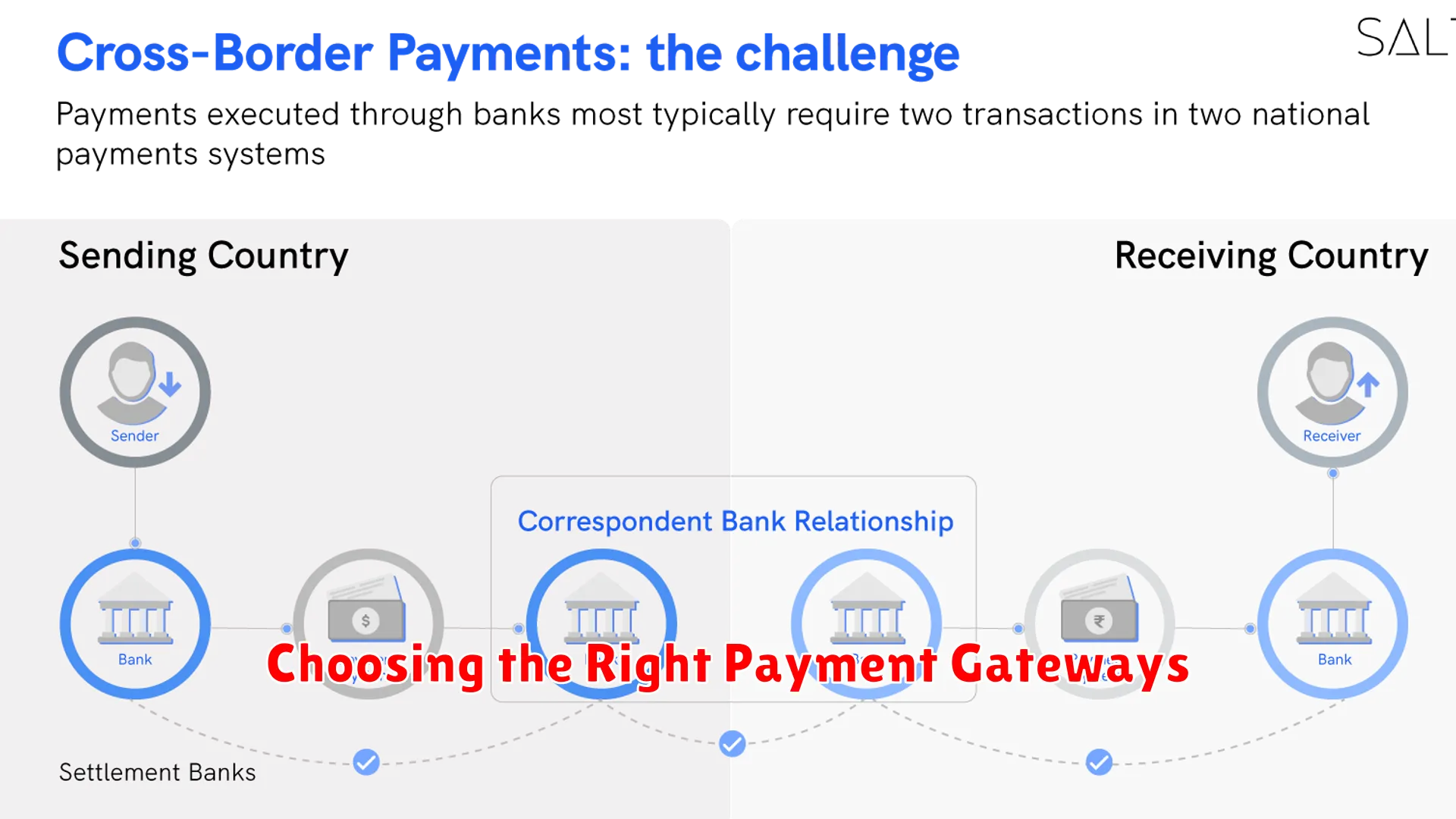
When it comes to cross-border e-commerce payments, selecting the right payment gateways is crucial for the success of your online business. The choice of payment gateways can significantly impact customer satisfaction, conversion rates, and ultimately, your bottom line.
Here are some key considerations to keep in mind when choosing the right payment gateways for your cross-border e-commerce operations:
1. Global Coverage
Ensure that the payment gateway you choose supports a wide range of payment methods and currencies to cater to customers from various countries. This will help in accommodating the diverse payment preferences of your international clientele.
2. Security Features
Security is paramount in online transactions. Look for payment gateways that offer robust fraud detection and prevention tools, encryption protocols, and compliance with industry standards such as PCI DSS to safeguard sensitive customer data.
3. Integration and User Experience
Choose a payment gateway that seamlessly integrates with your e-commerce platform and offers a user-friendly checkout experience. A smooth payment process can reduce cart abandonment rates and enhance customer satisfaction.
4. Cost and Fees
Consider the cost structure of the payment gateway, including setup fees, transaction fees, and currency conversion charges. Compare different options to find a balance between competitive pricing and the quality of services provided.
5. Customer Support
Opt for a payment gateway provider that offers reliable and responsive customer support, especially for cross-border transactions. Timely assistance can help in resolving issues quickly and maintaining a positive customer experience.
By carefully evaluating these factors and selecting the right payment gateways for your cross-border e-commerce operations, you can streamline payment processes, build trust with customers worldwide, and drive the growth of your online business.
Managing Payment Security Risks
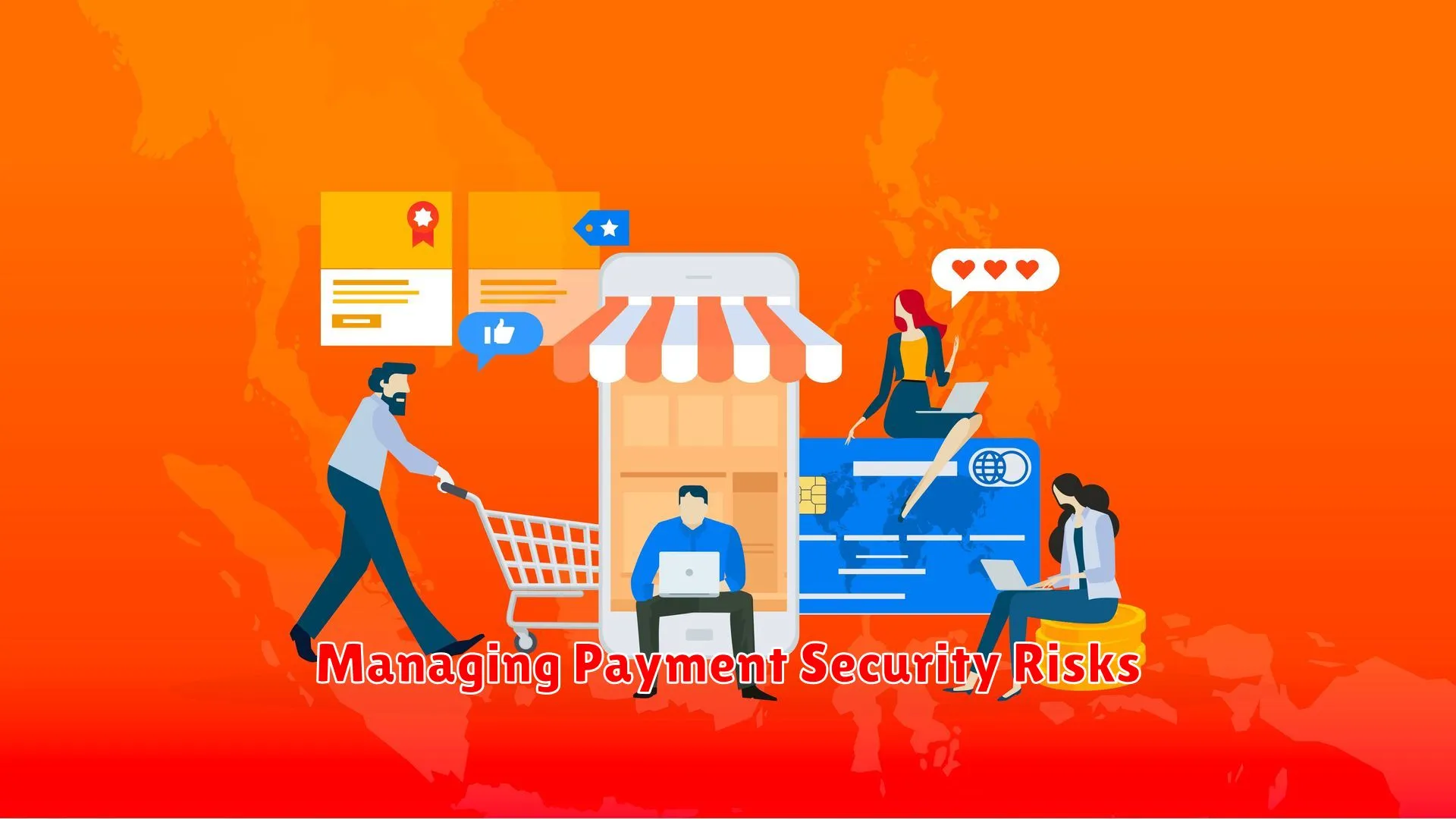
When it comes to cross-border e-commerce payments, one of the primary challenges that businesses face is managing payment security risks. Processing payments across different countries and currencies exposes businesses to various security threats, including fraud, unauthorized access, and data breaches.
Implementing robust security measures is essential to safeguard sensitive payment information and protect both the business and its customers. One key aspect of managing payment security risks is leveraging advanced encryption technologies to secure transactions and data transfer, ensuring that financial information is transmitted securely across borders.
Furthermore, compliance with international data protection regulations, such as the General Data Protection Regulation (GDPR), is crucial for cross-border e-commerce businesses to maintain trust and credibility with customers. Adhering to these regulations helps mitigate risks associated with data breaches and enhances the overall security of payment transactions.
Regular monitoring and auditing of payment systems are also vital in identifying and addressing potential security vulnerabilities promptly. By conducting routine security assessments and staying informed about the latest cybersecurity threats, businesses can proactively manage payment security risks and minimize the likelihood of security incidents.
Exploring Emerging Payment Technologies
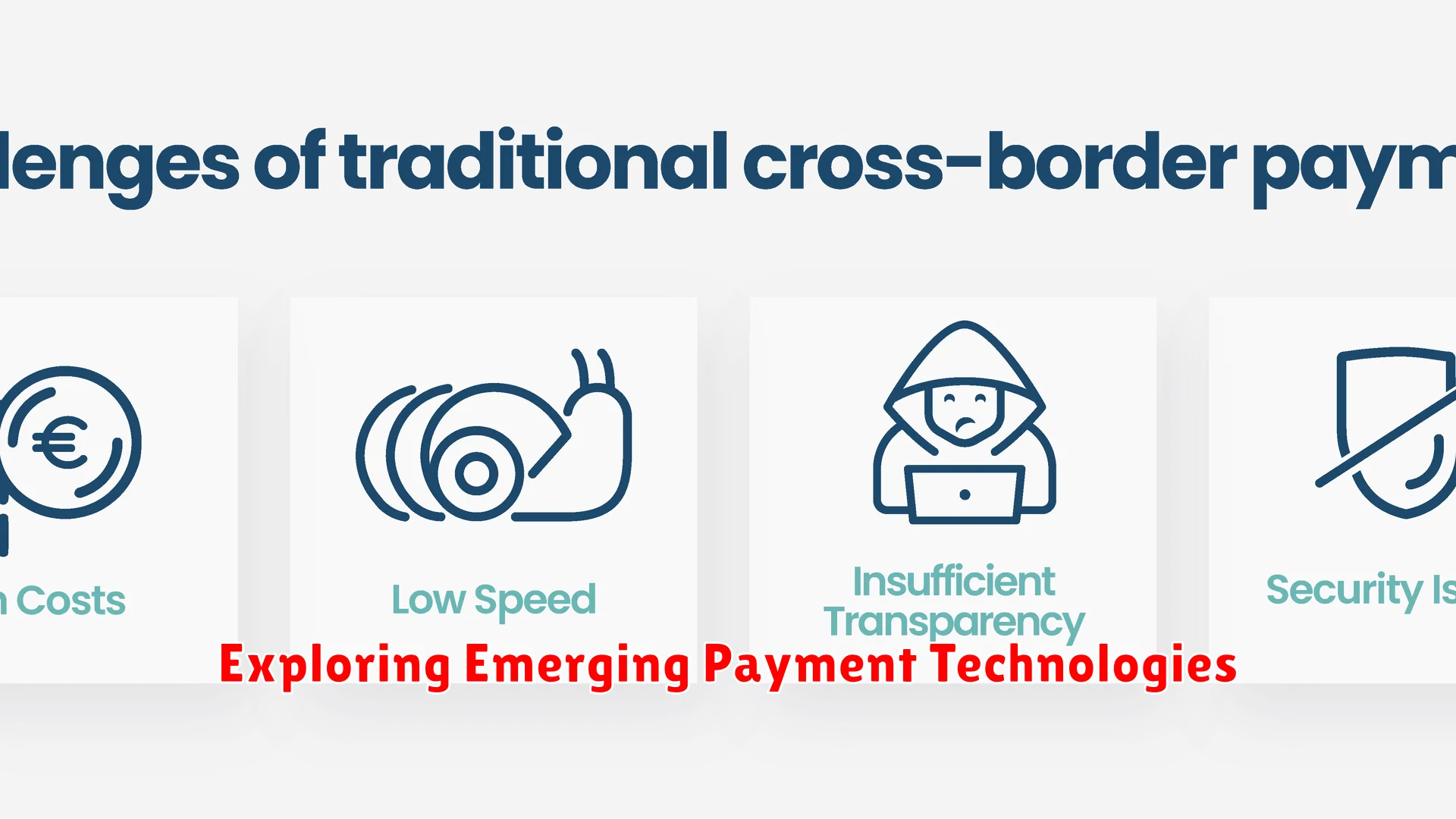
Cross-border e-commerce payments present various challenges and opportunities, especially with the rapid advancements in payment technologies. As businesses expand globally, the demand for efficient and secure payment methods across borders has become increasingly vital. Exploring emerging payment technologies can enhance the cross-border e-commerce landscape and revolutionize the way transactions are conducted.
1. Blockchain Technology
Blockchain technology offers transparent, secure, and decentralized payment solutions. Its ability to record transactions in a tamper-proof manner can ensure trust and eliminate the need for intermediaries, reducing transaction costs significantly for cross-border payments.
2. Mobile Wallets
With the rise of mobile wallets, consumers can make payments conveniently using their smartphones, which is especially beneficial for cross-border e-commerce. They provide a seamless and secure payment experience, catering to a global audience and offering instant transactions.
3. Biometric Authentication
Integrating biometric authentication methods such as fingerprint scanning or facial recognition can enhance the security of cross-border e-commerce payments. This technology ensures that transactions are authorized by legitimate users, minimizing the risk of fraud.
4. Tokenization
Tokenization replaces sensitive payment information with unique identifiers, enhancing the security of transactions. This technology enables safer cross-border payments by reducing the exposure of confidential data and protecting customer information from potential breaches.
As the e-commerce industry continues to evolve, embracing these emerging payment technologies can overcome the challenges associated with cross-border payments and open up new opportunities for businesses to expand globally.
Conclusion
In conclusion, navigating the challenges and seizing the opportunities in cross-border e-commerce payments requires a strategic approach, technological innovation, and collaboration among stakeholders.

